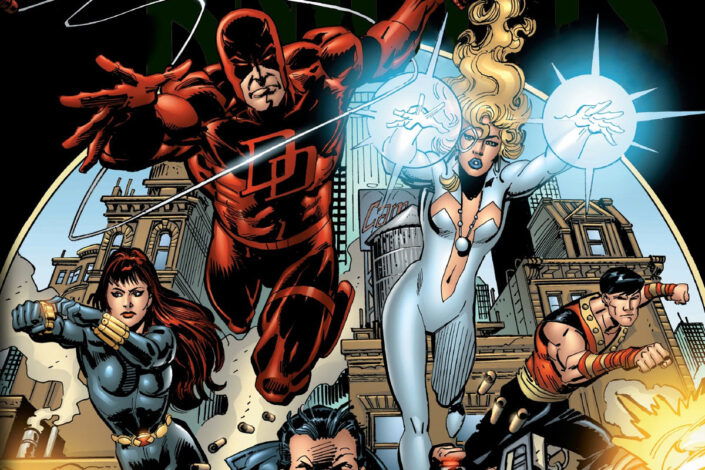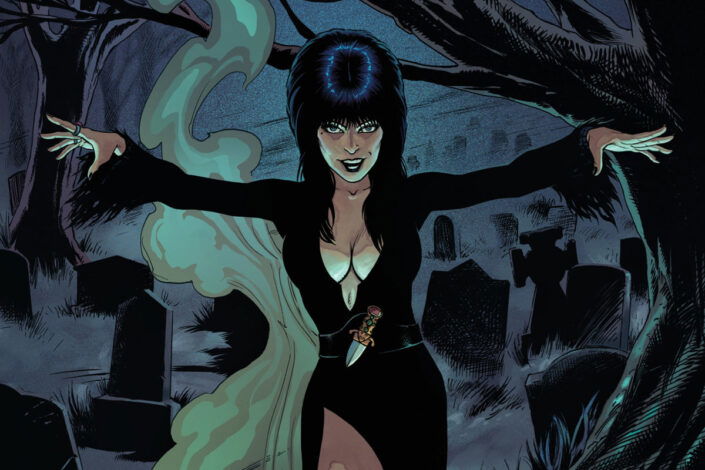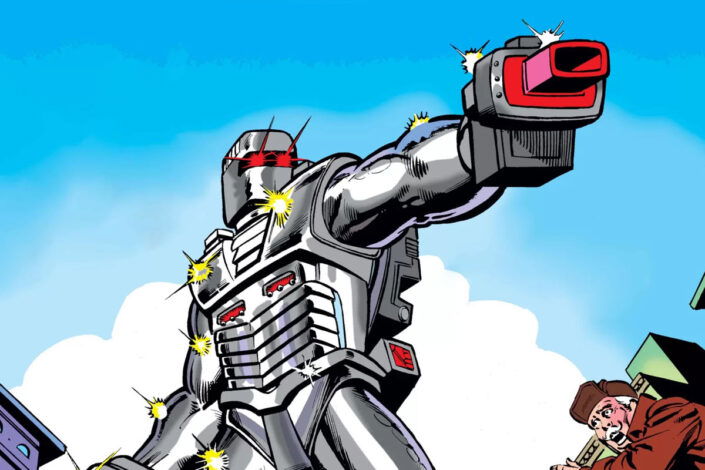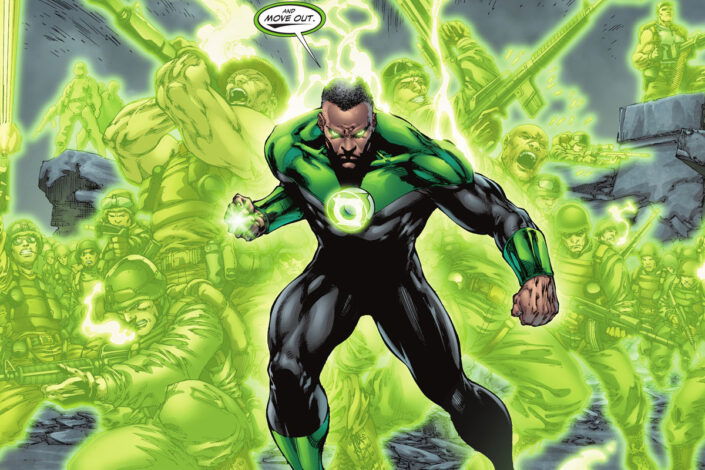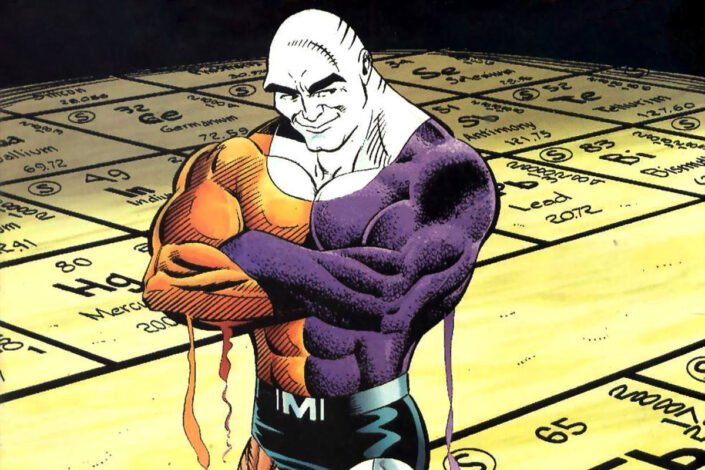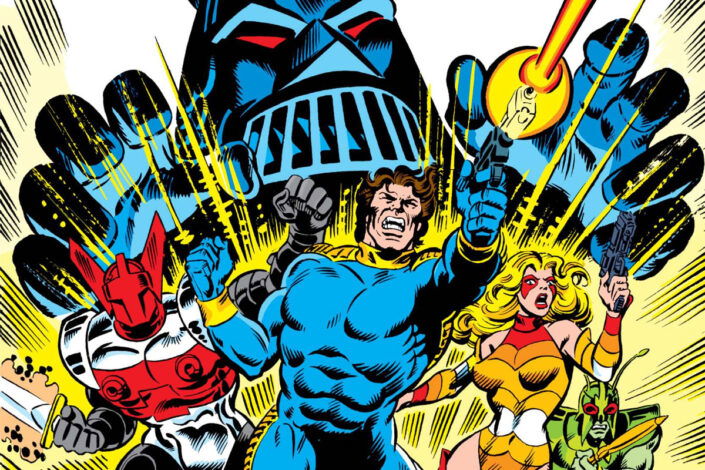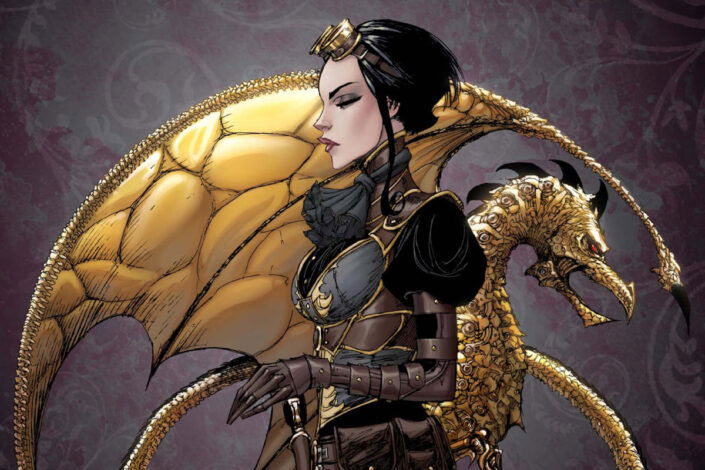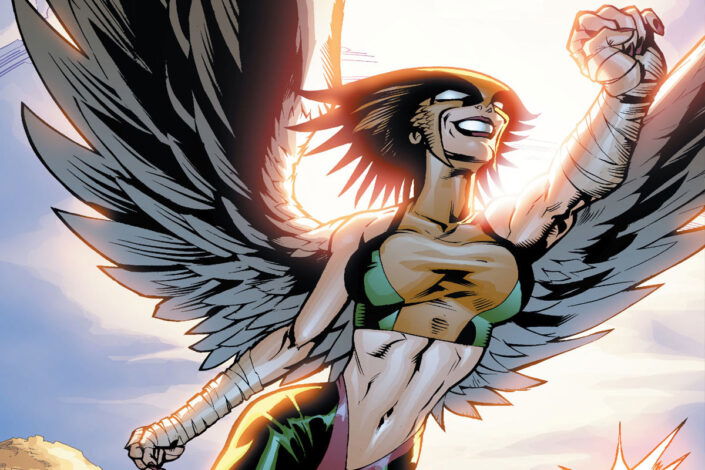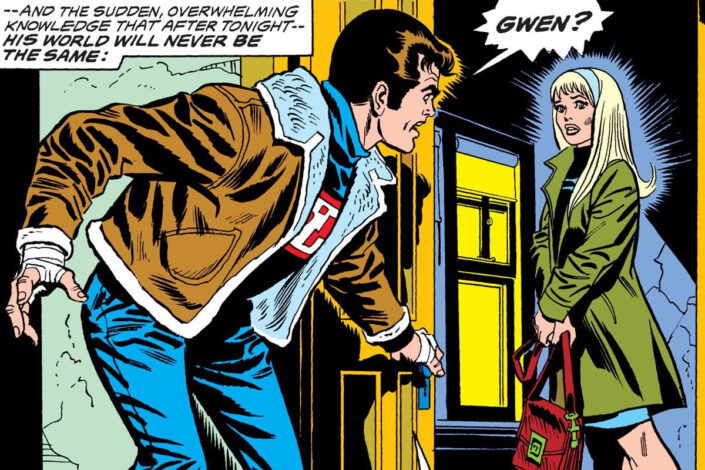Marvel Knights Comics, The Imprint That Rescued Marvel with Daredevil, Punisher, and more!
In 1998, Marvel Comics was not in the best of shape but was starting to look better. Even if the Heroes Reborn publishing initiative had not been the expected success, as it was an expensive affair, the idea of contracting exterior talents to package comics for the company was still explored. This time, though, Marvel president Joe Calamari wanted to do it at a reasonable cost. He consulted Gareb Shamus (Wizard magazine publisher), who recommended his two friends, Joe Quesada and Jimmy Palmiotti.
At the time, the two men were the founders of the independent comic book publisher Event Comics (Ash, Painkiller Jane…) and took the contract as a way to make money for their company and try to promote their books by association with the popular Marvel Comics characters. Unlike what Image Comics had to do with Heroes Reborn, their deal was not to relaunch some of the biggest comics of the company but to take over some of the weakest and try to save them. And that’s how Marvel Knights came to be.
